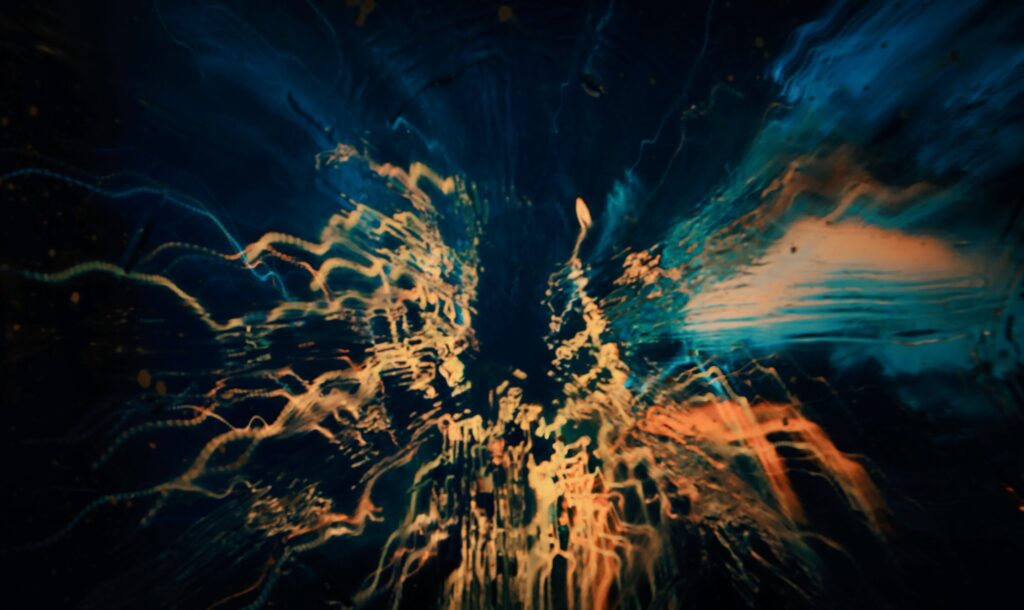A research team led by Cornell University has developed a method to stack 2D semiconductors to trap electrons in a repeating pattern that forms a specific and long-hypothesized electron crystal called Wigner crystals.
A paper outlining the method appeared recently in Nature journal. The paper’s lead author is Yang Xu, s postdoctoral researcher at Cornell.
As we know that electrons are quantum mechanical and they won’t hold still long enough to stay in any kind of fixed arrangement. And that is why these crystals are very important.
Such crystal of electrons was first hypothesized by physicist Eugene Wigner in 1934. He proposed that when the electron repulsion dominates the electrons’ kinetic energy, a crystal would form.
Physicists have tried various methods to create this crystal none of them worked. But now, the Cornell team has discovered a new method for achieving it.
“Electrons are quantum mechanical. Even if you don’t do anything to them, they’re spontaneously jiggling around all the time,” said Kin Fai Mak, an associate professor of physics in the College of Arts and Sciences. “A crystal of electrons would actually have the tendency to just melt because it’s so hard to keep the electrons fixed at a periodic pattern.”
The New Method
So, the new method involves building a trap by stacking two semiconductor monolayers, tungsten disulfide (WS2) and tungsten diselenide (WSe2), . These layers have a slightly different lattice constant. When paired together, they create something called the moiré superlattice structure, which basically looks like a hexagonal grid.
The researchers then placed electrons in specific sites in the pattern. As they found in an earlier project, the energy barrier between the sites locks the electrons in place.
“We can control the average occupancy of the electrons at a specific moiré site,” Mak said.
The ratio of occupancy by which different arrangements of electrons will self-crystallize was found out by Veit Elser, professor of physics and a co-author of the paper.
However, the challenge of Wigner crystals is not only creating them, but observing them, too.
“You need to hit just the right conditions to create an electron crystal, and at the same time, they’re also fragile,” Mak said. “You need a good way to probe them. You don’t really want to perturb them significantly while probing them.”
The team used a new optical sensing technique wherein an optical sensor is placed close to the sample, and the whole structure is sandwiched between insulating layers of hexagonal boron nitride, created by collaborators at the National Institute for Materials Science in Japan.
The team used the new method to observe various electron crystals with different crystal symmetries. By doing so, the team demonstrated how very simple ingredients can form complex patterns, as long as the ingredients sit still long enough.
Journal Reference:
Yang Xu, Song Liu, Daniel A. Rhodes, Kenji Watanabe, Takashi Taniguchi, James Hone, Veit Elser, Kin Fai Mak & Jie Shan. Correlated insulating states at fractional fillings of moiré superlattices, Nature (2020). DOI: 10.1038/s41586-020-2868-6

